9 Tips To Help You Build Your eLearning Portfolio
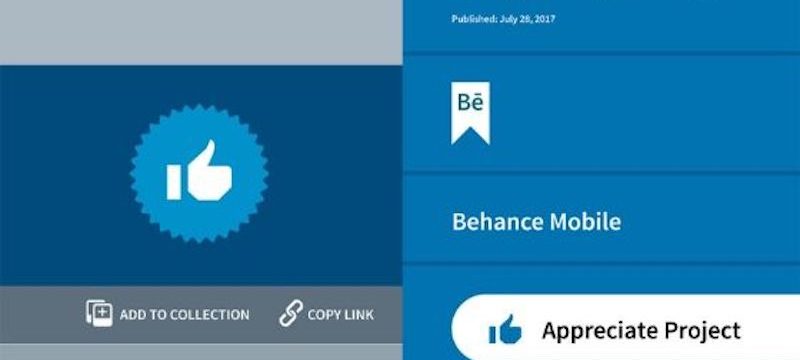
The portfolio represents to your expertise and skills. You have to if you need the portfolio to be static where you just do occasional updates and maintenance. Not like the conventional learning practices, E-learning requests no particular space, time or some other criteria. It is normally a software application, which enables you to store all your e-learning content in one location. It comprises of a few management, evaluation, monitoring, and communication tools to streamline the learning procedure.
There are several portfolio platforms for building your e-learning portfolio and Behance software is one of them which help to showcase and discover creative work. Here are some tips that help you to build your e-learning portfolio:
1. Learn something new everyday
Design is a liquid pursuit, planned to change and flow. learning is the thing that keeps you floating and moving. Make this a piece of your customary habits and employ the utilization of all learning strategies you can. While online courses are incredible, you should also take in a class or workshop on occasion. Joining discussions and forums with different designers can likewise be remunerating with reading articles and books on design.
2. Develop your design skills
Fancy applications and software have a lot of employments, and they can polish and improve your designs, however they can’t replace strong skills. Getting the best design software out there will do nothing for you if you don’t know the basics. It’s regularly simple to detect a poor designer with great software since they tend to utilize all the features at the same time to hide their absence of knowledge.
3. Mockups and storyboard are essential
With modern technology, planning phases are getting condensed, however that doesn’t mean they should be eliminated. Before assembling, an entire course or site, make a solitary page (or more) test project. You may even need to get the old pencil and sketch pad to spread out fundamental elements to perceive how they would look on a page. This will save you a considerable amount of time and dissatisfaction as, with a storyboard, you’re ready to work more rapidly and get more ideas out in a shorter period before focusing on one.
4. Improve and use your communication skills
In case you’re an incredible eLearning designer however struggle to communicate your ideas, you’re probably going to have poor relationships with customers, colleagues and essentially anybody with ears. Attempt these tips:
# Question and Clarify
# Show Appreciation
# Speak Clearly and Simply
# Be People Focused
communication will likewise improve your understanding of everybody you work with and advantage your work since you’ll have the option to pick up inspiration from speaking with other creative.
5. Just go for new style
While eLearning design includes a lot of creativity, it’s not equivalent to what a painter or musician may do. The attention shouldn’t be on you or your very own taste; it should be on the subject matter. To ensure you maintain that focus, you need to make the wisest decision for the task, not your own preferences. By switching the colors, fonts, and other design components you utilize more regularly, you’re more averse to fall into a rut and get stuck on one style.
6. Get inspiration from other creative
Incorporating Inspiration: One of the best and least demanding approaches to keep inspiration close is to begin every day by looking at other designers’ sites. Read articles and keep over what’s trending in your field. Your brain is clear and prepared to retain new information before bringing that inspiration into your work.
7. Work on time management skills
Performing multiple tasks isn’t so great, and can regularly prompt more errors and a less satisfying experience, particularly regarding the instructional design.
Time Management: If you find that you have to perform multiple tasks to complete everything, it may be an ideal opportunity to reassess your workload. Over-burdening yourself improves the probability of errors and harms your creative thinking capacities.
8. Create your own library of references and resources
Alongside the few designers and sites that you follow routinely, you should likewise have other inspirational images, resources for design ideas and other comparative materials. Having these resources incorporated and accessible will give you a place to go when your own creativity essentially isn’t streaming. Stay aware of your top choices and always add to your collection.
9. Look for trends and learn to spot them
To make this tip most effective, you’ll have to know your target market and industry standards. This is valid for much of what you’ll do as a designer, so it merits doing from the beginning. Look to magazines, blogs, sites and different resources which cater to design experts too. You can follow numerous trends through sites like Feedly, Mashable and Google Trends.
Subscribe & Get E-Mail Updates Delivered
Our informative Design related articles featuring the latest Resources for Web Designers & the Web get delivered via email dialy. Thousands of readers have signed up already. Why don't you subscribe as well, and get articles delivered to your inbox?

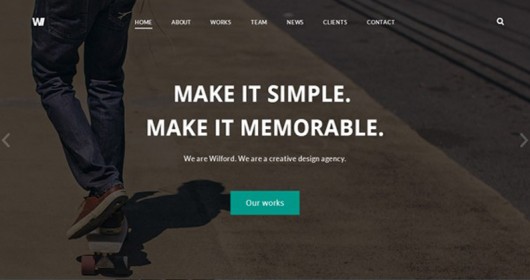
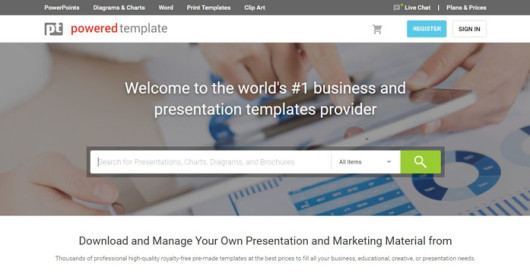

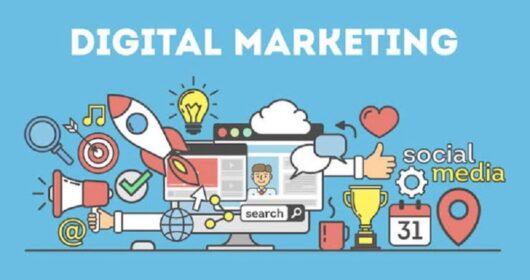
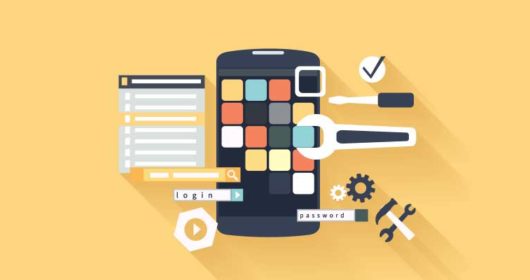
Leave a Reply